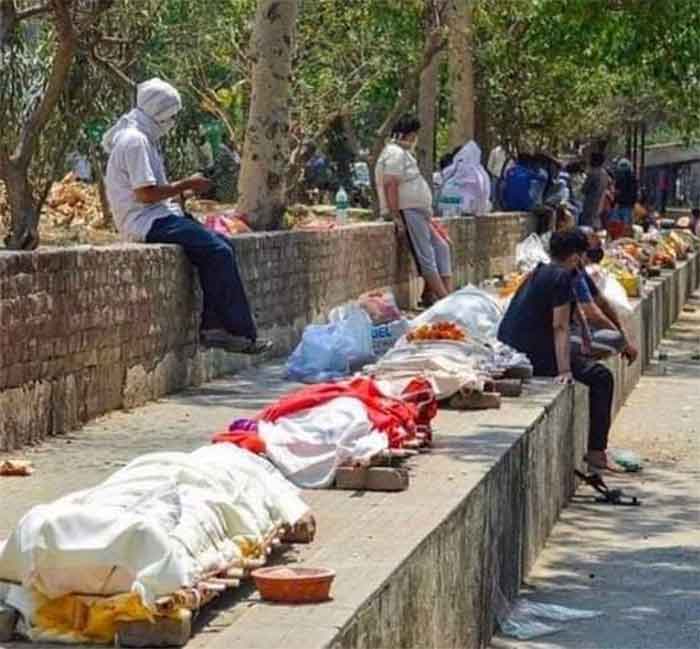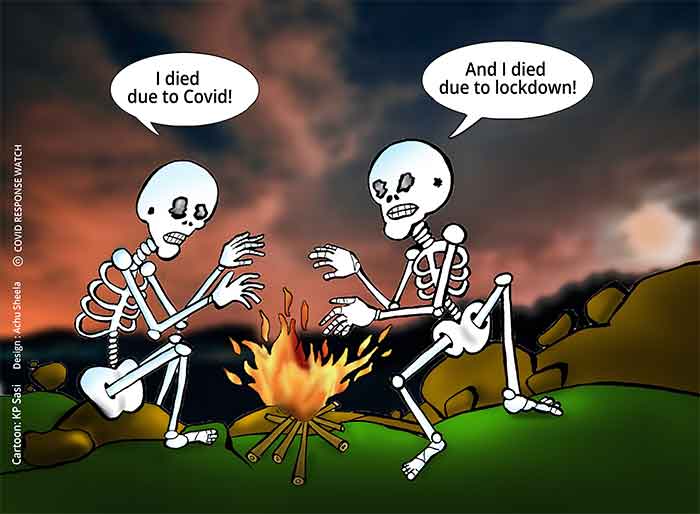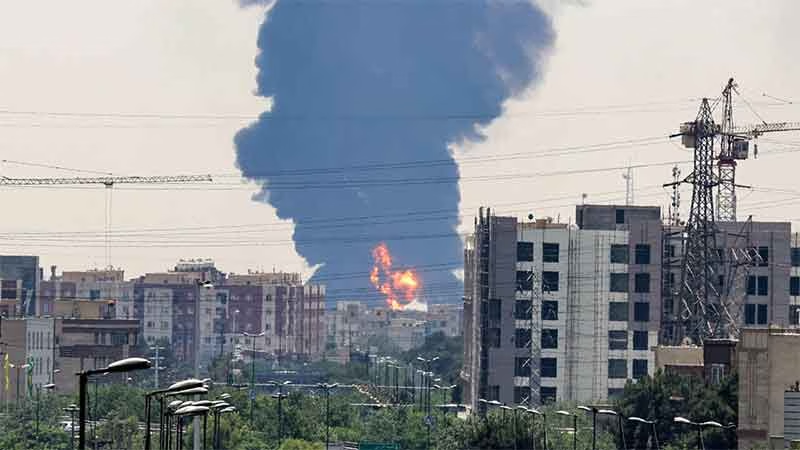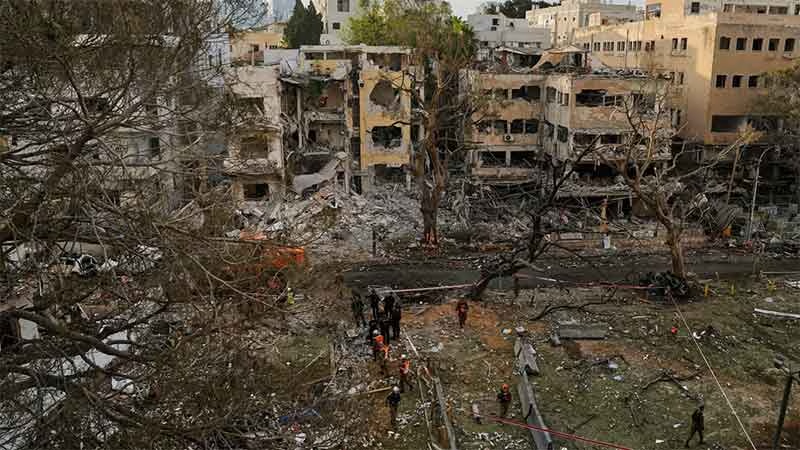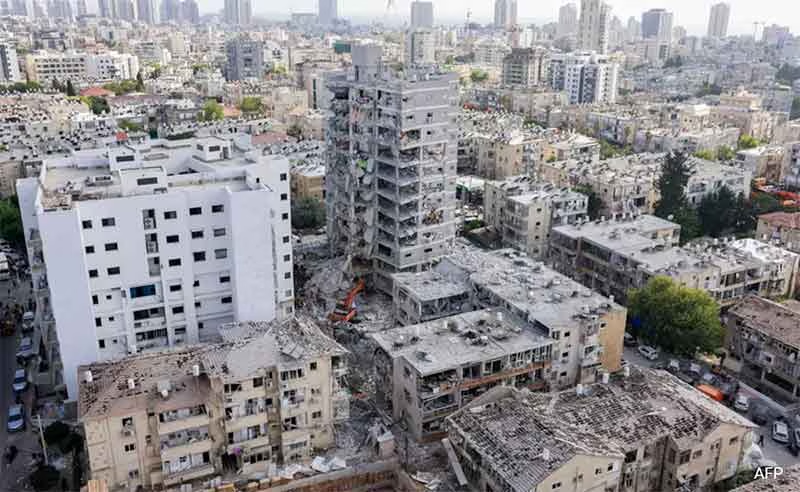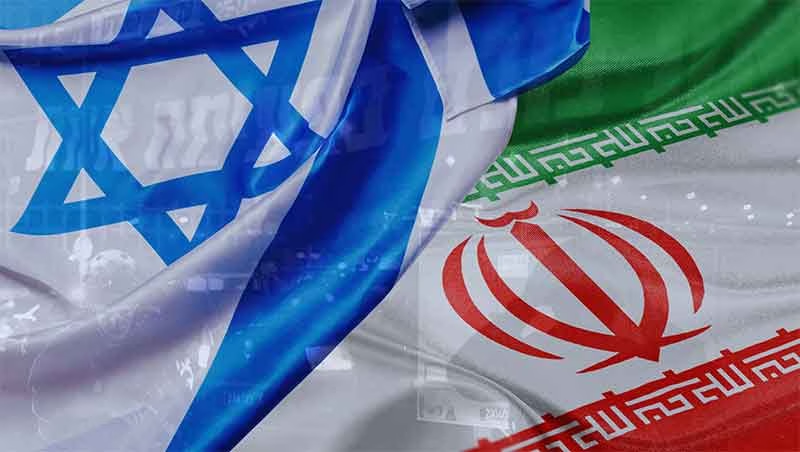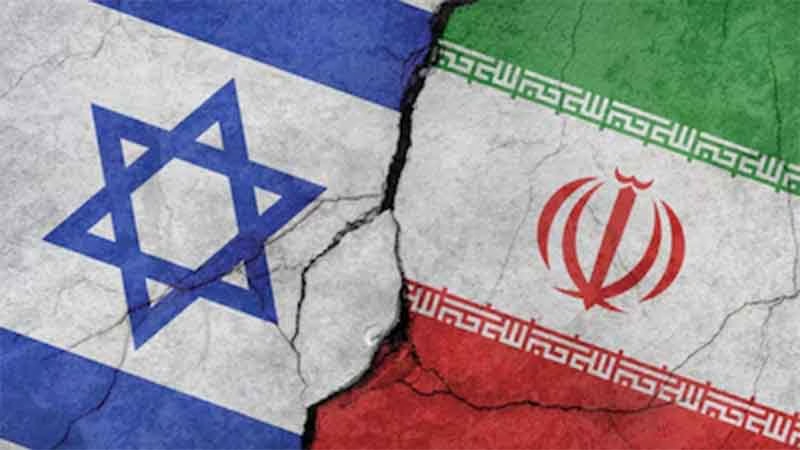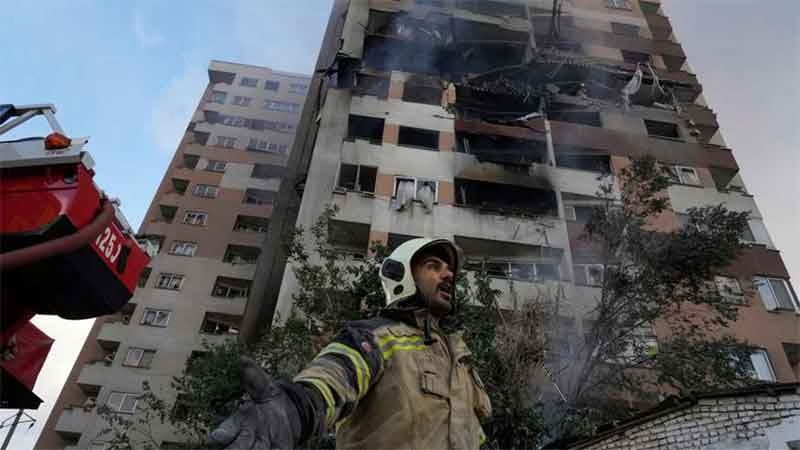
Unusual behavioural or emotional responses are normally expressed when abnormal situations like emergencies or tragedies happen in our society. Some try to justify such situations by attributing them to supernatural powers, our own past conduct, or even past life. But in the case of the present pandemic, we have sometimes gone to the extreme- a new syndrome, a pandemic of fear. People have even closed their windows to shut out the virus. We do not yet know whether this would help in prevention. Already there is a concern that shutting out from the world and remaining in closed doors would create more problems. Evidently, the virus has succeeded in influencing our life and redefining human relationships, both in individual and social terms. Therefore, the overriding factor which disturbs many lock downed people during this period is fear. There is a general view even among the public that without such fear, people may not adhere to the strategies like lockdown, wearing of masks, physical distancing etc. But the emergence of fear of infection and death and the sudden changes in the routine activities although intended for a good cause had led to unusual abnormal responses in people. These responses and pent-up emotions are released out through the all-pervasive social media which is now the dominant preoccupation of the lock downed people. Initially there was a surge in panic inducing messages followed by humorous ones, which made fun of people, countries and even patients, popularly known as social media trolls. There were so many messages which circulated fake information on the virus. Such initial reactions have changed course and the messages now are largely funny trolls on working from home and people are also trying out their creative potential in singing, painting etc.
The initial panic and resistance have come down a little largely due to a realization that this is a long drawn struggle and there is something more than what is perceptible. This also includes an acceptance of some of the preventive strategies like wearing masks and distancing. People have not yet accepted the lockdown and it will be soon evident when the proposed relaxations will come to force. However, they have at least come into terms with the virus.
In this pandemic period, the State acted as an intermediary between the people and the virus. The central and state governments played an important role in preventive actions. Obviously lack of proper knowledge regarding the infection and the sudden realization that there is no effective cure played an important role in deciding the strategies. This is evident when you examine official actions. The very harsh and age-old epidemic acts were also implemented to create this kind of fear and thereby adherence and compliance during this pandemic period.
Health is a state subject (which means it is under the purview of the state government) although there are moves to shift it to the concurrent list as suggested by a high-level group constituted by the Fifteenth Finance Commission and there are also moves to make it a fundamental right by 2022. It is interesting that in the light of COVID, the central government assumed greater role and exerted considerable power to control decisions of the state governments regarding preventive measures including strategies like extension of lockdown extension etc . On April 22, 2020, the President of India also signed an Ordinance amending the constitution which is called the Epidemic Diseases (amendment), 2020. But this is intended to add teeth to the Epidemic Diseases Act of 1897 to punish any acts of violence against the health care personnel engaged in COVID prevention activities. This might have been added after taking into cognizance some initial resistance by people in some states against COVID prevention activities. The original act of 1897 with all its strict actions remains but the question is whether the centre has enforcing powers over the states at the time of epidemics especially when health is a state subject. There can be two opinions in this regard. Although issued as a directive, the impression is that the President has powers to enforce various articles of the constitution including 356. Luckily, states have fallen in line to follow the advisories by the centre without too much conflicts. The lesson that we learn from this is not a comforting one and there are always doubts about extreme techniques of prevention. Does such extreme and harsh techniques of prevention necessary and desirable in such situations? Have they helped in containing the virus spread in the country? These questions require scientific scrutiny.
The scientific dimensions of the epidemic which includes, the virus, its spread and the control measures are the key in any such situations. Scientific uncertainties galore in this case. One can only talk about near possibilities but not in terms of certainty. These include preventive strategies as well as developing drugs and vaccines. They also include origin of the virus and whether there are different strains (now it is said that there are 30 strains), whether it is natural or human made etc
The latest with respect to half science is regarding ‘immunity passports’ or risk free certificate to enable the recovered people to come back to work. These may less applicable to people stranded in high-risk countries. Many countries are now testing for COVID antibodies at the population level or in specific groups, such as health workers, close contacts of known cases, or within households. WHO states that they are critical for understanding the risk factors regarding the present infection. But these studies do not provide evidence regarding secondary infections. WHO in its advisory states that there is not enough evidence about the effectiveness of antibody-mediated immunity to guarantee the accuracy of an “immunity passport” or “risk-free certificate”. The ‘unknown entities and uncertainties’ remain!
The close collaboration with people, the State and the Scientists have been responsible for controlling the present epidemic. Incomplete and half-baked wisdom, sometimes based on opinions and assumptions always lead to ineffective solutions by the State. It is an hit and run approach! But such badness in the form of assumptions can lead to goodness if scientists and scholars are allowed and encouraged to undertake studies, both quick and long-term to generate evidence. It will only help the State to undertake effective actions.
(Professor K Rajasekharan Nayar is affiliated to Global Institute of Public Health and Santhigiri Research Foundation,Trivandrum, Kerala)
SIGN UP FOR COUNTERCURRENTS DAILY NEWS LETTER

